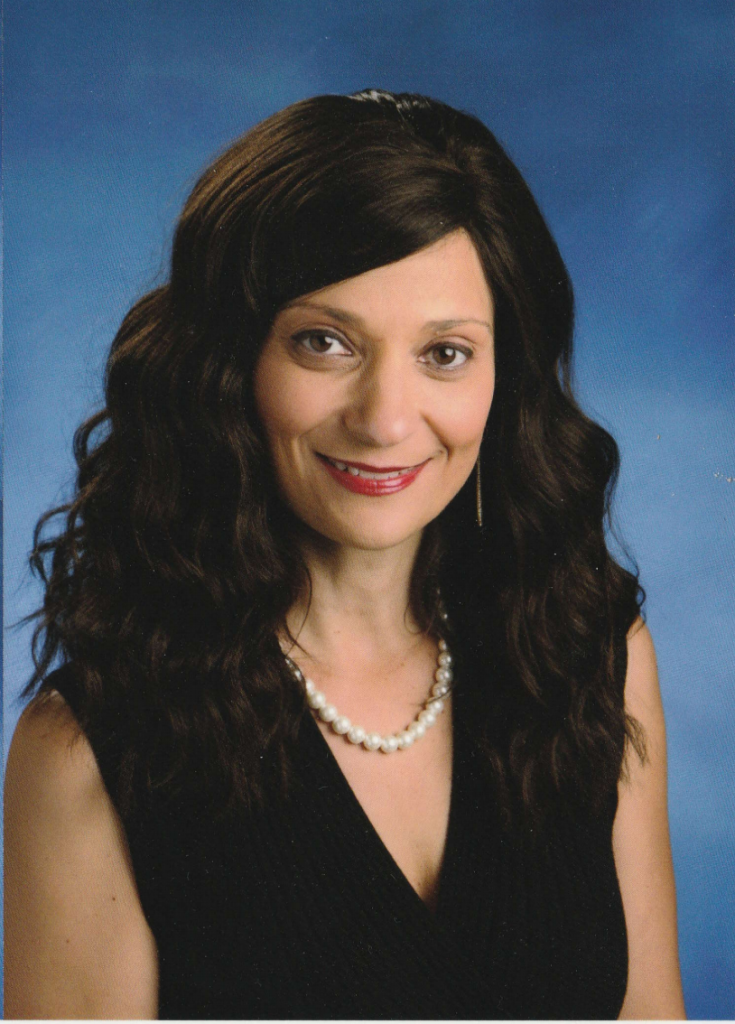Course Outline: ENG1D
The following document is the course outline for the ENG1D course offered by Christian Virtual School. It contains the course description, unit outline, teaching & learning strategies, and the curriculum expectations addressed. This outline can also be viewed as a PDF using the download link provided.
English, Grade 9, Academic
Course Code: ENG1D
Grade: 9
Course Type: Academic
Credit Value: 1.0
Prerequisite(s): None
Curriculum Document: English, Revised (2007)
Developed By: Elyse Gosselin
Department: English
Development Date: September 2020
Most Recent Revision Date: September 2022
Teacher(s):
Course Description:
This course is designed to develop the oral communication, reading, writing, and media literacy skills that students need for success in their secondary school academic programs and in their daily lives. Students will analyse literary texts from contemporary and historical periods, interpret informational and graphic texts, and create oral, written, and media texts in a variety of forms. An important focus will be on the use of strategies that contribute to effective communication. The course is intended to prepare students for the Grade 10 Academic English course, which leads to university or college preparation courses in Grades 11 and 12.
| Overall Curriculum Expectations |
|---|
Oral Communication
|
Reading and Literature Studies
|
Writing
|
Media Studies
|
Resources Required:
This course is entirely online and does not require nor rely on any textbook. The materials required for the course are:
- A smart phone, camera, or similar device to record video and sound,
- A copy of the novel, The Hobbit, by J. R. R. Tolkien,
- Access to a webcam,
- Up-to-date operating system,
- Up-to-date browser.
Teaching and Learning Strategies:
Students are exposed to a variety of genres throughout the course and develop skills to analyze and evaluate the effectiveness of texts which may include poems, short stories, myths, novels, non-fiction texts, plays, videos, and songs or other media texts from a wide range of cultures and time periods. Students identify and use various strategies including building vocabulary, learning to understand and use features and organization of texts, and developing knowledge of conventions. Throughout the course, students develop into stronger readers, writers, and oral communicators while making connections to the workplace and international events.
Teachers differentiate instruction to meet the diverse learning needs of students. Instructors also use electronic tools, including discussion boards, to assist students in reflecting on their learning and in setting goals for improvement in key areas while developing 21st century skills. These tools facilitate and support the editing and revising process for students as they create texts for different audiences and purposes.
- Identifying and developing skills and strategies: through modeling of effective skills, students learn to choose and utilize varied techniques to become effective readers, writers, and oral communicators.
- Communicating: several opportunities are provided for students to write and communicate orally.
- Generating ideas and topics: teachers encourage students to design their own approaches to the material by maintaining frequent (often daily) online communication with students, by allowing some freedom in how students respond to topics and questions, and by encouraging students’ independent thinking through discussion posts.
- Researching: various approaches to researching are practiced. Students learn how to cite sources and provide a works cited page at the end of longer assignments using MLA formatting.
- Thinking critically: students learn to critically analyze texts and to use implied and stated evidence from texts to support their analyses. Students use their critical thinking skills to identify perspectives in texts, including biases that may be present.
- Producing published work and making presentations: students engage in the editing and revising process, including self-revision, peer revision, and teacher revision all of which strengthen texts with the aim to publish or present student work.
- Reflecting: through draft opportunities and other elements of the course, students reflect on the learning process, focus on areas for improvement, and make extensions between course content and their personal experiences.
Assessment and Evaluation Strategies of Student Performance:
Every student attending Christian Virtual School is unique. We believe each student must have the opportunities to achieve success according to their own interests, abilities, and goals. Like the Ministry of Education, we have defined high expectations and standards for graduation, while introducing a range of options that allow students to learn in ways that suit them best and enable them to earn their diplomas. Christian Virtual School’s Assessment, Evaluation, and Reporting Policy is based on seven fundamental principles, as outlined in the Growing Success: Assessment, Evaluation, and Reporting in Ontario Schools document.
When these seven principles are fully understood and observed by all teachers, they guide the collection of meaningful information that helps inform instructional decisions, promote student engagement, and improve student learning. At Christian Virtual School, teachers use practices and procedures that:
- are fair, transparent, and equitable for all students;
- support all students, including those with special education needs, those who are learning English, and those who are First Nation, Métis, or Inuit;
- are carefully planned to relate to the curriculum expectations and learning goals and, as much as possible, to the interests, learning styles and preferences, needs, and experiences of all students;
- are communicated clearly to students and parents or guardians at the beginning of the school year or course and at other appropriate points throughout the school year or course;
- are ongoing, varied in nature, and administered over a period of time to provide multiple opportunities for students to demonstrate the full range of their learning;
- provide ongoing descriptive feedback that is clear, specific, meaningful, and timely to support improved learning and achievement; and
- develop students’ self-assessment skills to enable them to access their own learning, set specific goals, and plan next steps for their learning.
For more information on our assessment and evaluation strategies, refer to Section 6, Student Achievement, in the Course Calendar.
Program Planning Considerations:

